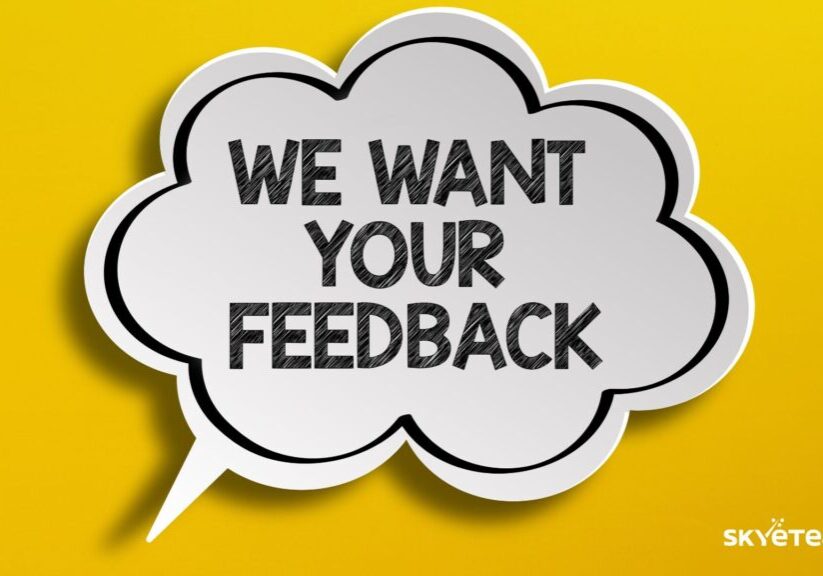What a 30lb Dumbbell Taught Me About Crisis Management

It’s amazing how much can go through one’s mind in a moment of crisis. As I started to fall all I could think was, “Don’t let it crush your skull!”, “Have I broken it?”, “Did anyone notice?” To save time, and avoid your stress levels, I’ll cut to the chase – The answers were: No – as evidenced by the GIANT bruise on my leg where the 30lb dumbbell made contact; No – My ankle was only sprained; Yes – of course, as the whole class stopped to first look and then rush to my aid.
So what happened? I’d returned to my local gym after an absence of 5 weeks, in my enthusiasm (yes, you read that right – enthusiasm) I had overestimated my core strength, choosing a weight that I knew from the start was a little heavier than I was used to using; underestimated the momentum a 30lb dumbbell would add, and increased my effort too soon; and failed to spot the potential danger and (tiny) slope in the floor that was enough to throw my balance and ankle out.
Thankfully this accident was minor. I got up, brushed off my embarrassment, and took it easy as I finished the rest of the class. However, as I reflected on the experience, it crossed my mind that this situation (without the 30lb dumbbell) happens in organizations and teams every single day.
Crisis Awareness: The Middle Manager Radar
Too often, the role and impact of middle managers are often overlooked and underestimated. The forward-thinking organizations that we partner with at SkyeTeam actively invest in developing the skills of this core group, recognizing that they are pivotal to the company’s agility and resilience. Middle managers are the ‘core strength’ of an organization, shouldering the weight of daily operations along with providing a crucial role in crisis management. The challenges and ‘weights’ they carry might not be physical, but the principles of preparation, awareness, and proactive response in navigating crises are strikingly similar.
Middle managers are the strategic linchpins that hold teams and projects together, especially in times of crisis and uncertainty. They must embody vigilance and adaptability, traits that enable them to navigate the ever-changing market currents and act as the organizational first responders during crises. To excel, they need to develop a sharp sense of situational awareness—a skill that allows them to sense the tremors in internal team dynamics before they manifest into larger issues.
Crisis management, much like muscle, strengthens with practice and can atrophy without it. Just as my gym routine uses different exercises to develop strength, stamina, and stability, in the business world, this translates to managers being proactive rather than reactive. Instead of waiting for crises to emerge, they engage their teams in regular scenario planning and crisis simulations, akin to fire drills that prepare individuals to act instinctively in the face of real danger. These exercises foster a culture of readiness and resilience, ensuring that when (not if!) real-world challenges strike, the team is not left scrambling but can respond with the muscle memory of their training. They pull together, rather than pulling apart.
Crisis Unity: Pulling Together When It Counts
Here are three actions you can take to ensure you, and your teams, don’t get sidelined by the unexpected:
1. Assess and Build Core Strengths: Just as overestimating physical strength can lead to injury, overestimating a team’s capacity can lead to burnout and failure, especially in times of crisis. Take the time to continually assess the core competencies of their team and develop them. This might mean investing in training, allowing time for skill-building, and cultivate a culture of continuous learning.
2. Recognize and Adjust for Momentum: Projects and initiatives can gather momentum just like a heavy weight. If not handled correctly, they can lead to missteps. Learn to recognize when the pace is picking up and ensure that your teams are prepared to handle it, narrowing focus, rebalancing efforts, and adjusting resources as necessary.
3. Identify and Mitigate Risks: A tiny slope in the gym floor was all it took to cause my fall. Similarly, seemingly small issues in the workplace can derail the best of us if they are not identified and addressed. Nurture a team culture that allows for candor and debate by developing a regular habit that encourages the whole team to seek out and share potential risks. Allowing the team to identify patterns, discuss concerns (without judgement), and choose to how best address them before they lead to a ‘fall’.
In essence, there’s much to learn much from my moment of crisis at the gym. It’s not about avoiding the weights – challenges are a part of any role. It’s about being prepared, staying aware, and responding effectively. By building core strengths, managing momentum, and mitigating risks, managers can lead their teams to success without getting ‘crushed’ by the weight of their responsibilities.

Let's Connect





